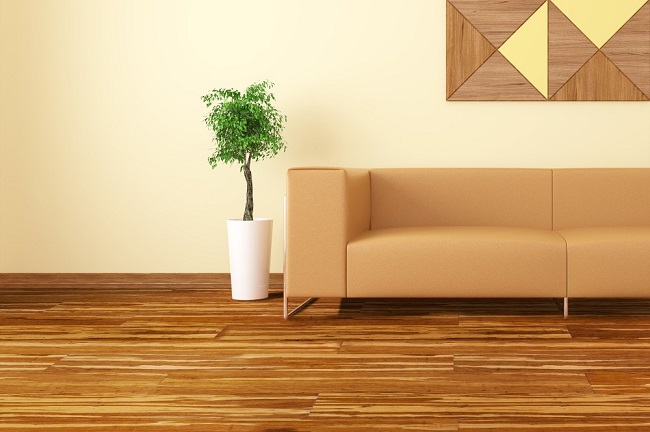Bamboo Flooring: Most Suitable for Underneath Heating
Dec 3, 2025, 9:20 AM
At present, radiant heating is fast becoming a popular heating source in residential and commercial structures. Radiant heating is omni-directional and, unlike baseboard convectors, it heats air indirectly. While warm air has a tendency to go up, radiant energy moves in all directions. Therefore, it is very vital for installers to understand the way heating works when it comes to various kinds of floorings.
Heat underneath flooring entails tubing in concrete or beneath plywood sub-floors. For this reason, people should be aware that radiant heating causes the hardwood flooring to dry out from the heat that rises from under. There are various types of hardwood floors, but among them, the best one to install above radiant heating is Bamboo flooring. Bamboo is a great choice since it does not get affected by heating, plus, it can withstand the variations in humidity.
The way bamboo flooring performs over heating relies on several factors. These include the quality of bamboo, the age of bamboo plants by the time they were harvested, user maintenance and the method of installation. This is why it is imperative to perform some research and opt for a company that uses older bamboo plants to produce bamboo flooring.
One more very important thing to consider is the way bamboo is affixed to a sub-floor. It is best to append the bamboo floor using glue instead of nails. While there may be different methods of installation, bamboo flooring is the most suitable to use for under floor heating. Other materials that are used for hardwood flooring tend to deteriorate when there are changes in indoor temperature and in the content of moisture from one season to another. On the contrary, bamboo flooring is the kind of material that people can rely on because of its durability and stability.
You should always remember to avoid placing any kind of hardwood flooring right on top of radiant heating. Instead, a barrier should be positioned between the flooring and heat in every home. Since a radiant heating system produces heat and humidity, most manufacturers strongly recommend using plywood with a minimum thickness of 6/9-inch. Aside from providing support and a more stable foundation for the flooring, a sub-floor protects it from radiant heat. Once you are ready for installing bamboo flooring in the room with radiant heating, the planks should be allowed to adapt for a minimum of 3 days. This way, it will be able to handle the heat and humidity better by allowing radiant heating to undergo its heating cycle for many times.
Bamboo needs a steady level of heat since it is known as a tropical grass. Once bamboo flooring is installed above the radiant heating system, heat should be set at a certain setting. Better make sure that the temperature generated by the radiant floor would not exceed 80 to 85 degrees /Fahrenheit. When the floor is installed successfully, do not allow it to heat quickly or reach a very high range of temperature. So, it is essential to remember that when radiant heating remains at a fixed temperature, this will keep the bamboo flooring from reacting to the continuous changes in temperature.



 皖公网安备 34180202000049号
皖公网安备 34180202000049号